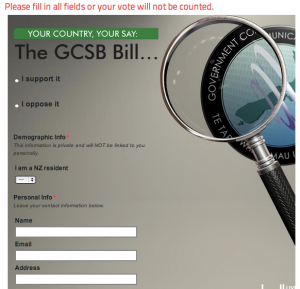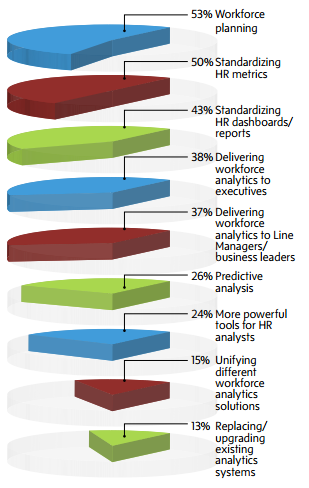Cancer causes?
Today Stuff tells us that talcum powder, dogs, barbecues, fish oil, oral sex, and air travel cause cancer. The statistic on dogs is especially bizarre
Analysis of breast cancer cases by researchers at the University of Munich showed that 79.7 per cent of all breast cancer patients had regular contact with dogs before diagnosis. Only 4.4 per cent of the patients did not have pets at any time, compared to 57.3 per cent of a healthy control group. According to researchers, that’s a 29-fold increased risk for pet owners.
Given that the lifetime risk of breast cancer is roughly 10%, a 29-fold increase seems a bit improbable. That’s more than the increase in lung cancer risk caused by smoking, for example.
It’s interesting to track this one down. An obvious place to start is the “Kill or Cure?” website that collects Daily Mail stories about cancer. Back in 2007, the Mail reported what looks like the same story
Both dogs and humans carry the same virus that can induce cancer
Analysis of breast cancer cases by researchers at the University of Munich showed that patients with this type of cancer were significantly more likely to have kept a dog than a cat.
In fact, 79.7 per cent of all patients had intensive contact with dogs before they were diagnosed.
Only 4.4 per cent of the patients did not have pets at any time compared to 57.3 per cent of a healthy control group ? so there was a 29-fold increased risk for pet owners.
They didn’t link either, but the story looks like it comes from this publication (and if you can get to the full-text article you find that the numbers match).
The first thing to note is that the journal is Medical Hypotheses, notoriously “intended as a forum for unconventional ideas without the traditional filter of scientific peer review,
The second thing to note is the relative risk given in the abstract: 3.5, not 29. The number ’29’ does appear later in the paper, but even the authors aren’t prepared to defend it much.
The third thing to notice is what comparison was actually done
It became apparent that patients with breast carcinoma (N=69) owned significantly more often dogs but not cats compared to age matched female controls. We compared the frequencies of dog and pet ownership with data from public available statistics on women (N=1320) of the same age group in Bavaria.
That is, they asked a small number of patients with breast cancer about close contact with dogs, but used public statistics on pet ownership for the controls. Using different methods of obtaining information in cases and controls is a notorious way to come up with spurious results.
The theory was that dogs and humans shared a virus that caused breast cancer. There have been some reports of finding genetic material that looks like this virus in breast tumours, but other reports that did not, including an Australian research paper that looked very carefully.

